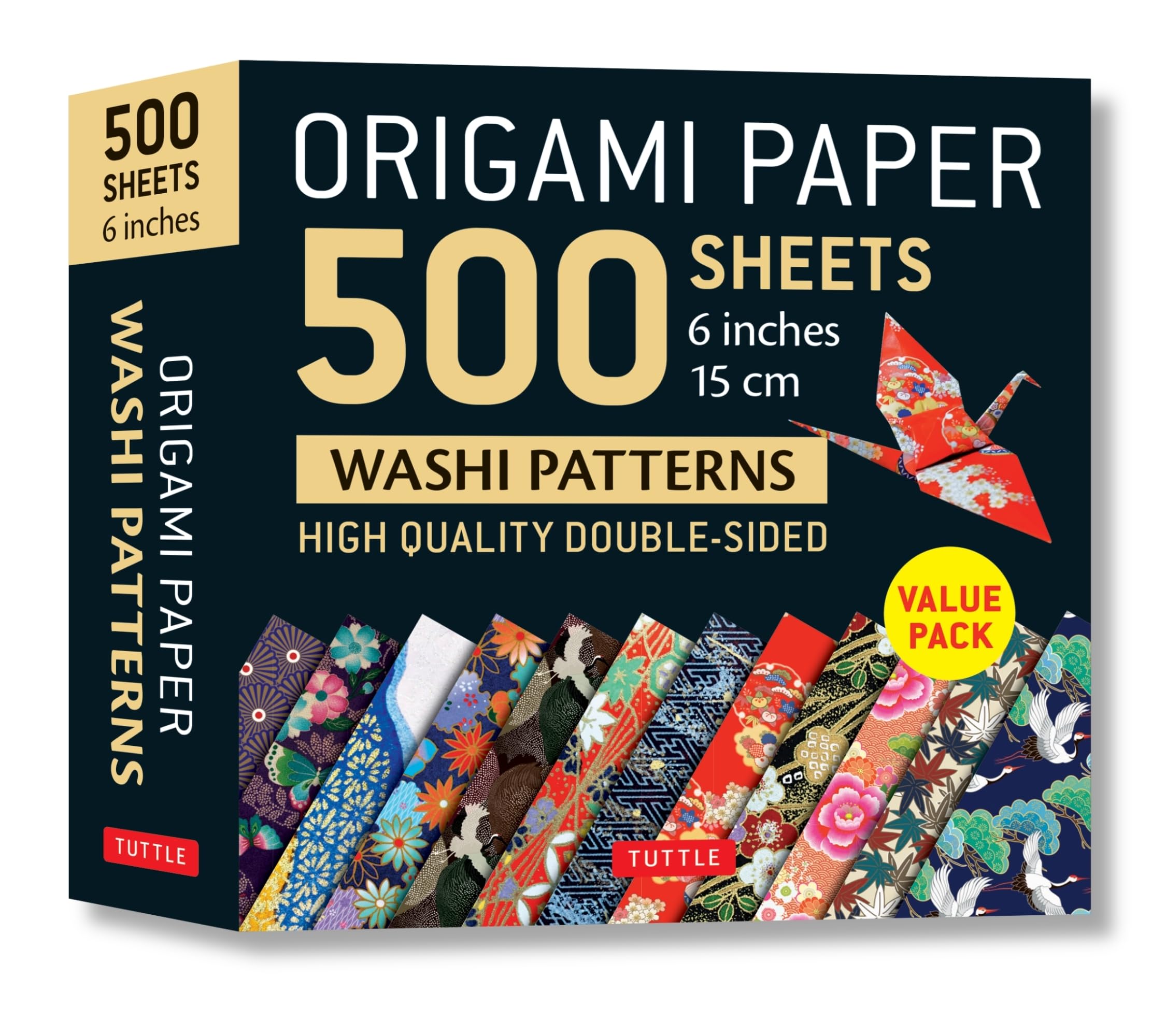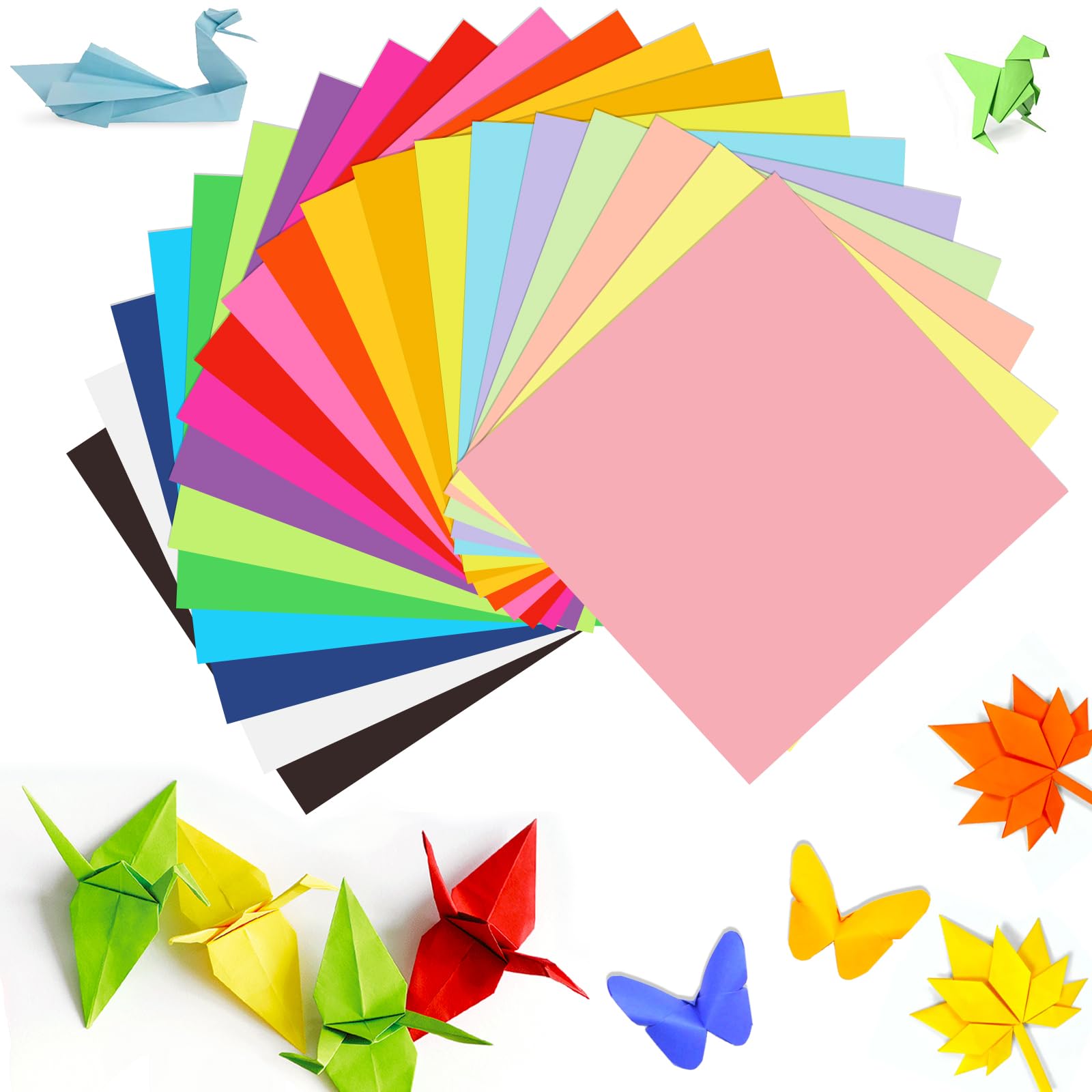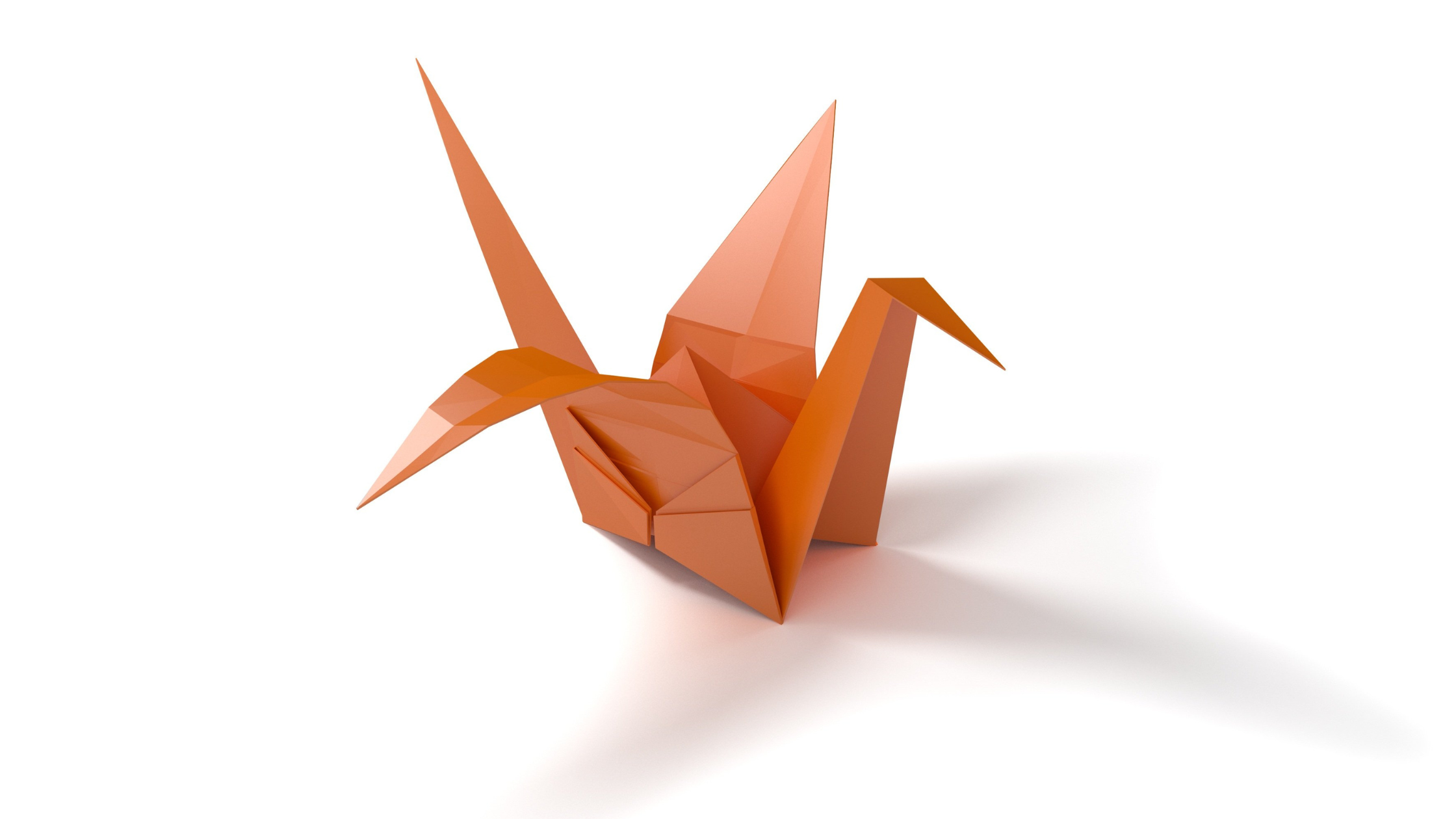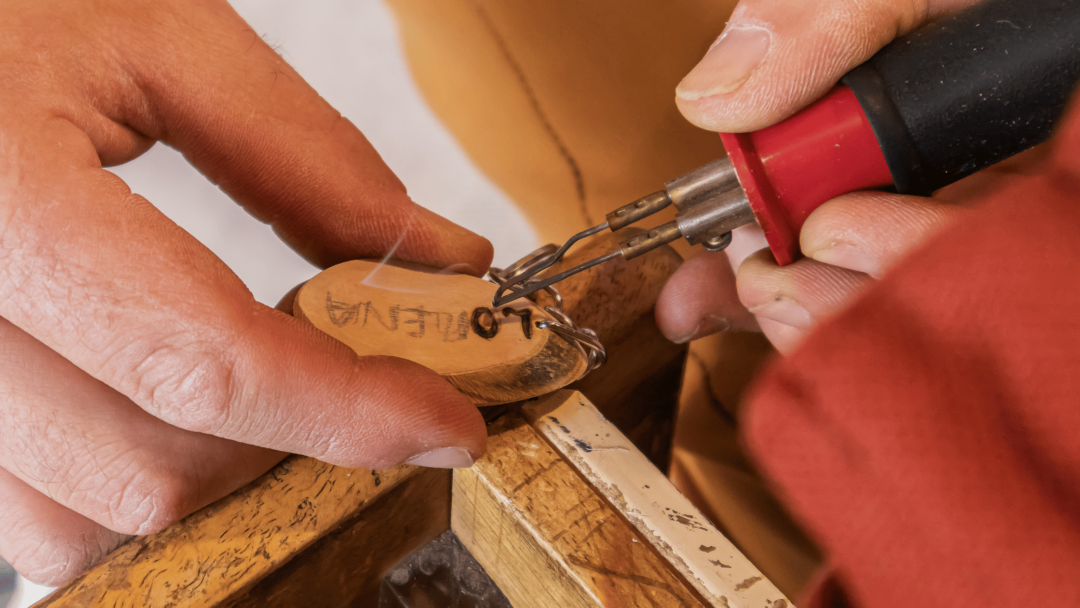Origami, the ancient art of paper folding, transforms plain sheets into intricate designs, capturing both imagination and dexterity. It’s a pursuit that ranges from simple creations like paper cranes to complex structures that challenge even seasoned artists.
At its core, origami requires precision, patience, and the right materials to truly bring one’s ideas to life.
Choosing the right origami paper is crucial for achieving the best results. Factors such as weight, texture, and color can significantly affect how well a design holds its shape and the overall aesthetic of the final piece.
Paper specifically designed for origami is often thinner and crisper, making it easier to fold and allowing for more detailed work. Acidity and durability are also considerations, as some papers may degrade or yellow over time.
When selecting origami paper, it’s essential to consider what type of projects you intend to work on. Thicker paper may be suitable for simple models and beginners, while thinner varieties are often preferred for intricate designs requiring multiple layers of folds.
In our quest to find the best origami paper, we examined a variety of options to discover those that enhance the origami experience and support both beginners and skilled artisans alike.
Best Origami Paper
We have compiled a selection of the best origami papers to inspire your next creation. Our top picks cater to various skill levels, offering unique patterns and vibrant colors.
BUBU Origami Paper Set

If you’re seeking vibrant colors and durable paper for origami, this set might just be the perfect fit.
Pros
- Holds creases well without curling.
- Vibrant colors that brighten any project.
- Double-sided color is visually appealing.
Cons
- Slightly thicker feel, similar to construction paper.
- Some may find the small size limiting.
- Packaging can occasionally arrive damaged.
We’ve recently explored the BUBU Origami Paper Set and found it to be a versatile addition to our crafting supplies. The paper’s double-sided color truly stands out, adding an extra touch of excitement to our origami projects. This feature is especially beneficial for designs that highlight both sides of the paper.
Each sheet reliably holds its shape when folded, allowing for crisp creases without unwanted curling.
Despite its excellent color and folding capabilities, the paper feels a bit like thin construction paper, which might not appeal to those seeking a more traditional, crisp feel. Although this thickness has its benefits, such as adding durability, it may not be ideal for highly intricate designs.
The set’s compact size, measuring 6 inches square, fits perfectly into craft projects but can be restrictive for creating larger pieces. We also noted that some packaging issues may result in slight damage during delivery, which is a minor inconvenience.
Chiyogami Origami Paper 500 Sheets

This vibrant set of origami paper is an excellent choice for both beginners and experienced folders due to its versatility and beautiful patterns.
Pros
- Diverse and eye-catching designs perfect for creative projects
- Suitable thinness allows easy layering without bulk
- Consistently accurate square dimensions for precise folding
Cons
- Some designs may not appeal to everyone
- Digital printing might not please traditional purists
- Occasionally slight discrepancies in square accuracy
Having worked with the Chiyogami Origami Paper, we can confidently say that its allure lies in the stunning designs and excellent quality. Every sheet is adorned with bright, vibrant patterns that breathe life into any origami creation.
Whether crafting complex figures or simple beginner projects, this paper provides the flexibility and precision necessary for successful results.
Each piece in this package is an accurate 6×6, which is crucial for perfect folds in intricate designs. The thin yet crisp texture allows us to experiment with various origami styles without trouble. It’s easy to handle and especially suited for teaching youngsters, offering them an accessible entry into the art of origami.
Despite its many merits, some of us noticed occasional minor deviations in square accuracy. The digital quality of the designs may also not satisfy every traditionalist.
Nevertheless, with 500 sheets of diverse and compelling patterns, this origami paper set stands as a worthy investment for any origami enthusiast.
Origami Paper 500 Sheets: Japanese Washi Patterns

This origami paper set enhances creativity with its vibrant colors and diverse patterns, making it a worthwhile purchase for any origami enthusiast.
Pros
- Diverse double-sided designs offer creative flexibility.
- Vibrant colors enhance the visual appeal of projects.
- Includes instructions for six origami projects.
Cons
- Some expected gold accents are only printed details.
- Lacks a storage box for organizing the sheets.
- The paper size may be smaller than anticipated for some projects.
Our time spent with the Origami Paper 500 Sheets was a delightful experience. The variety of Japanese washi patterns brings a unique flair to each fold. With 12 different designs in vibrant hues, each sheet offers a new opportunity for creativity, perfectly suited for beginners and seasoned folders alike.
We found the double-sided nature especially useful, providing different design elements to play around with in a single sheet. The paper’s thinness allows for precise folds, and it’s sturdy enough to withstand complex creations. It’s a fantastic canvas for both simple and intricate origami.
One issue we encountered is the lack of a dedicated storage box; the sheets are prone to scattering if not organized. The perceived gold accents in the images are not as prominent in real life, yet the designs still captivate.
This pack presents an impressive value for the quantity and quality it offers, and it’s certainly a worthwhile addition to any craft lover’s collection.
Phinus Origami Paper 6×6

We recommend considering this origami paper for its vibrant colors and versatility in craft projects.
Pros
- Vibrant and varied color options
- Durable 70gsm paper suitable for intricate folds
- Includes 300 sheets in a convenient size
Cons
- Thinness may lead to occasional tearing
- Some folds may not always hold due to texture
- Slight inconsistency in paper thickness
The Phinus Origami Paper 6×6 is a versatile choice for creators of all skill levels. We found that its vibrant colors ignite creativity, whether crafting simple shapes or more complex designs. The high-quality paper handles various folding techniques, making it a joy to use.
It’s perfect for art classes or just a fun family craft day. Its double-sided design adds depth to finished pieces, enhancing their appeal.
However, we noticed that some sheets could be a bit delicate, especially for more advanced origami that requires sharper creases.
In our experience, this paper suits a broad array of craft activities. It’s especially useful for school projects or DIY endeavors.
Despite minor downsides, the Phinus Origami Paper remains a solid pick for enthusiastic crafters seeking quality and color variety.
BUBU Origami Paper Kit 1000 Sheets

For those in pursuit of vibrant, easy-to-use origami paper, the BUBU Origami Paper Kit makes a fine choice with its colorful and durable sheets.
Pros
- Abundant supply of 1000 sheets.
- Vibrant colors that enhance any creation.
- Smooth texture that eases folding.
Cons
- Variability in paper thickness.
- Packaging can be fragile.
- Tendency to tear with heavy creases.
We just tried the BUBU Origami Paper Kit and were immediately drawn to the richness of the colors. The variety ensures that there’s ample choice for different projects, whether you’re making intricate designs or simple pieces.
The paper’s double-sided nature means we don’t have to worry about unsightly white edges.
Folding the paper feels satisfying given its size and smooth finish, though we did notice some inconsistencies in thickness. One batch might be perfect while another might present a bit more challenge. This inconsistency is something to keep in mind if you’re seeking uniform results every time.
The storage box, while handy, didn’t hold up as well as we’d hoped. It’s nice to have everything neatly packed, but a few times, the box came apart, which was a tad inconvenient.
Buying Guide
In selecting the best origami paper, we should consider several key factors to ensure high-quality results.
First, paper weight is crucial. Origami paper typically ranges from 20 to 100 grams per square meter (gsm). Lighter paper is good for complex designs, while heavier paper provides better stability for simpler structures.
Texture is also important. Smooth paper allows for precise folding, while textured paper can add depth to the final model. Experimenting with different textures can enhance certain designs.
When thinking about colors and patterns, they play a significant role in the appearance of our finished origami. Solid colors provide a clean look, while patterns can add interest and complexity.
Important Features
Use this table to guide our selection process:
| Feature | Why It Matters |
|---|---|
| Paper Weight | Affects foldability and durability |
| Texture | Influences ease of folding and final appearance |
| Colors | Determines the aesthetic appeal of the design |
We must also consider the size of the paper. Standard sizes are typically 15cm x 15cm, but larger sizes can be better for beginners or complex models.
Additionally, durability is crucial to handling multiple folding attempts. Testing a few types may help us find the best balance among these features.
Frequently Asked Questions
When selecting origami paper, we should consider factors like paper type, thickness, and size.
Different paper characteristics can affect the quality and ease of complex models, impacting the overall creation process.
What factors should be considered when choosing paper for complex origami models?
In terms of complexity, the paper’s strength, foldability, and texture are crucial.
Strong paper that holds creases well is essential for maintaining detailed folds.
Additionally, a smooth texture allows for precise folding, ensuring that complex designs maintain their intended shape.
Which origami paper types are preferred by experienced origamists for their projects?
Kami and tissue foil are often favored by experienced origamists due to their versatility and strength.
Kami provides a balance between strength and thinness, while tissue foil offers flexibility and the ability to sculpt more intricate designs.
Both enable creators to execute precise folds with minimal tearing.
How does paper thickness affect the outcome of an origami creation?
Thicker paper can be challenging for detailed folds but offers durability to finished models.
It’s ideal for structures requiring resilience, such as modular designs.
Conversely, thinner papers allow for finer details, though they might lack structural integrity for more robust creations.
For beginners, what size of origami paper is recommended to start with?
A typical starting size for beginners is 15cm x 15cm (6 inches x 6 inches).
This size provides ample space for practice while allowing for easy handling.
It helps beginners to focus on learning basic folds without the complexity of larger sheets.
What are the advantages of using Washi paper for origami compared to regular paper?
Washi paper is highly valued for its texture and strength.
It combines durability with a subtle softness, making it suitable for both simple and intricate models.
Its ability to hold shapes over time without tearing makes it a popular choice among origami enthusiasts.
Are there specific origami papers that are recommended by the community on platforms like Reddit?
According to Reddit origami communities, Tant paper and Elephant Hide are frequently recommended.
Tant is noted for its wide color range and good folding properties, while Elephant Hide is praised for its strength and ability to hold creases well, especially in more complex designs.
These suggestions reflect preferences for versatility and resilience.






1 Comment
I do not even know how I ended up here but I thought this post was great.